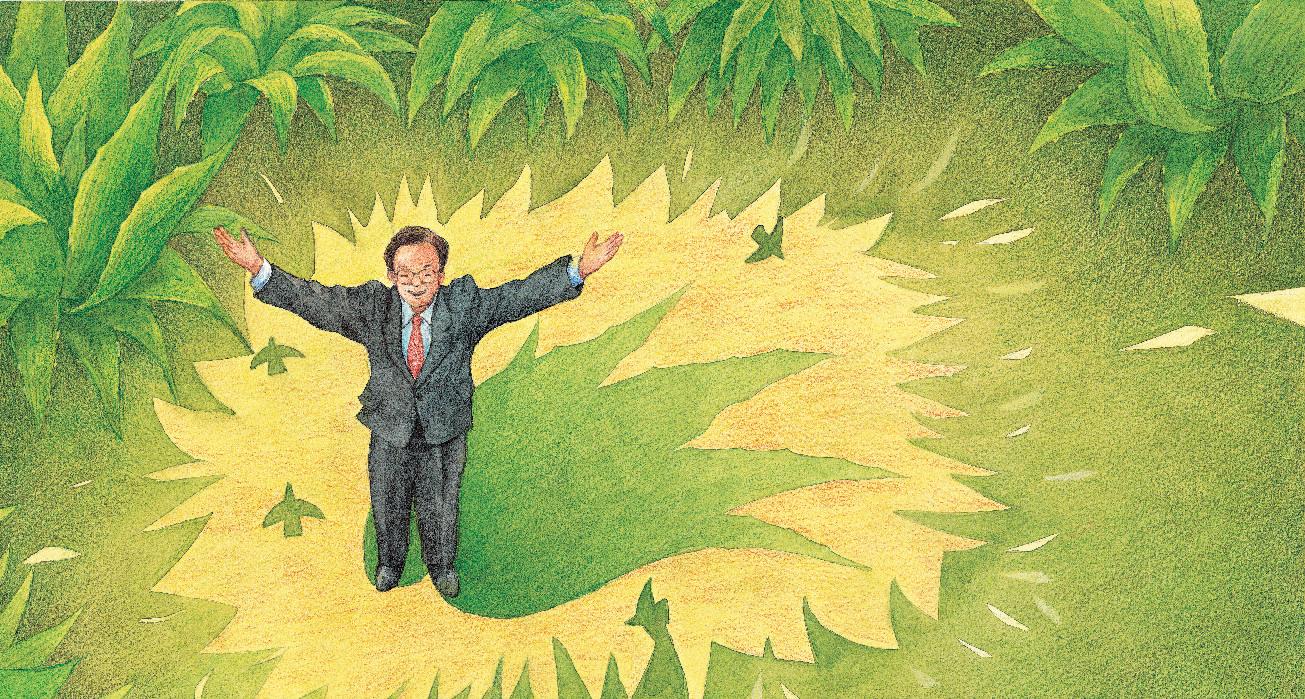
13 minute read
Success Life 1
나타낸다는 것이 관찰됐습니다… ” 새로운 연구성과들이 속속 이어졌다. 알 로에의 면역작용에 대한 효과, 피부염과 피 부암 발생에 대한 예방과 치료효과... 알로 에의 기적이 하나하나 베일을 벗고 있었다. “다들 고생 많으셨습니더. ”기자들에게 끌려 다니던 연구진들이 돌아오자, 연호가 과학 자들의 노고를 치하했다. “이제 겨우 중간발 표회인데, 언론의 관심이 대단하군요. 다음 에는 더 많은 내용을 공개할 수 있을 겁니 다. ”이승기 박사가 땀을 닦으며 말했다. “조만간 국제특허를 출원하고 실용화할 수 있으리라 봅니다. 모두 이연호 사장님 덕분 입니다. ”김규원 교수도 상기된 표정으로 말 했다. “열 달도 안돼 이런 성과가 나오리라 곤 기대하지 못했십니더. 여러분이 참말로 자랑시럽심니더. ”“그동안 대기업하고도 여 러 번 공동작업을 해봤지만, 이번처럼 편하 게 연구에만 전념할 수 있었던 것은 처음입 니다. 믿고 맡겨주셔서 감사합니다. ”이종길 교수의 말에 모든 교수들이 일제히 고개를 끄덕였다. 사실 연구라는 것이 짧은 시간 안에 결실 을 볼 수 있는 것도 아니고 , 적은 돈이 들어 가는 것도 아니다. 돈을 투자하고도 기업의 입장에서는 전혀 이득이 되지 않는 결과가 나올 수도 있다. 그런데 남양 알로에와 알로 콥은 1989년 이후 알로에연구재단에 총 5백 만 달러 이상을 투자했고 , CAP 프로젝트에 만도 7억 원 이상을 쏟아부었다. 연구진들 을 다그치거나 성과를 재촉하는 일도 없었 다. “여기, CAP 프로젝트의 연구진들이 계 신 앞에서 확실하게 해둘 말이 하나 있습니 .더 ”연호가 함께 참석한 회사 임직원들을 둘러보며 말했다.
Advertisement
더… ” 기쁨에 들떠 있던 회사 임직원들의 표정 이 굳어졌다. 이승기 박사를 비롯한 CAP 프 로젝트 과학자들은 적이 당혹스러웠다. 회 사의 매출이 떨어지는 상황에서 고정적으로 연구개발비에 예산을 보장받는다는 것은 쉽 지 않은 일이다. “하지만! 어떤 일이 있어도 연구개발은 계속합니다. 연구는 자전거 페 달과 같은 깁니더. 자전거 페달이라는 건 계 속밟고있지않으모중심을잃고넘어져버립 니더. 하다가중단하모그동안의성과를계속 이어갈 수가 없고 , 그라모 그동안 투자한 돈 도다허공으로날아가버리는깁니다. 힘들수 록 페달을 더 열심히 밟아야 가파른 언덕도 넘지요. 회사사정이나빠진다꼬연구개발비 를줄이는일은절대로없을낍니더!” 회사 간부들에게 못박듯 연호가 말했다. 성과도 나타나지 않는 연구에 계속 거금을 투자하는 데 대한 불만의 소리가 임직원들 사이에서 조심스레 흘러나오고 있는 걸 알고 하는 소리였다. “CAP 프로젝트의 연구자들 께서는 앞으로 무신 소릴 듣더라도 동요하지 마시고 , 열심히 연구에 임해주이소. 회사 사 정이 악화되더라도 여러분 하시는 연구가 지 장받는 일은 절대 없을 낍니더. ”단호한 다짐 이었다. 회사가 어려워도 연구개발은 계속한 다. 아니, 회사가 어려울수록 연구개발을 강 화한다. 그것이 장기적으로 회사가 살 길이 다! 연호가 이즈음 들어 하루에도 몇 번씩 되 뇌는 경영 원칙이자 소신이었다.
문선유지음「땅위에별을심은사람-청강이연호를기리며」에 서발췌 Even if the company got into trouble, research would continue. What’s more, the harder things got for the company, the more it would concentrate on research. That was the way to survive in the long run! This was the management principle and personal conviction that Yunho repeated to himself over and over during those challenging days
ear in the room was eagerly straining catch the speaker’s words. The mysterious plant called Aloe, which had bestowed its miracle on Yunho 20 years ago, would now bring hope to a far greater number of people in the name of science. “Also extracted from Aloe, NY 932 stimulates the generation of blood vessels in an injured area, thus exercising extraordinary efficacy in healing ulcers. Similarly, NY 933 accelerates the formation of skin tissue. When we administered NY
933 to a wound induced in cultured tissue, we observed a remarkable increase in healing” The team presented new result after new result: the positive effects of Aloe on the body’s immune functions, preventive and curative properties for skin infections and skin cancer.
The miracle of Aloe was unveiling itself, layer by layer. “Thank you for all your hard work.” Yunho commended the research team for their efforts
when they finally returned from their encounter with the press. “This is just an interim progress report, yet it has garnered such remarkable interest from the press. We’ll be able to unveil so much more the next time around,” said Dr. Seunggi Lee as he wiped his brow. “We’ll soon be able to obtain an international patent and begin commercialization. All this is thanks to you, Mr. Yunho Lee,” added Dr. Kim, his face flushed with excitement.
“I never thought we’d get so much accomplished in under 10 months. I am so very proud of you all.” “I’ve worked with many companies, even large corporations, in the past, but this is the first time I’ve been free to devote myself entirely to research. Thank you for entrusting us with this work.” Everyone nodded in assent to Dr. Jonggil Lee’s words.
Indeed, research is not an endeavor that produces results in a short span of time, nor is it something that can be done with a small amount of money. Sometimes, a company can invest funds in research without gaining any beneficial return. Nonetheless, Namyang Aloe and Aloecorp had invested more than five million dollars in the
Aloe Research Foundation since 1989; over 700,000 dollars had been poured into the CAP Project alone. Even more remarkably, the company had never once pushed the researchers or pestered them for results.
CAP Project
“There’s something I wish to make clear today in the presence of the CAP Project research team, ”Yunho said as he glanced around at the Namyang executives and staff members who had attended the press conference. ”Our company sales have fallen off since last year. We might need to take extensive measures to improve our operations.”
At his words, the faces of his employees, which had been aglow with excitement, suddenly fell. The CAP Project researchers, including Dr. Seunggi Lee, found themselves disconcerted. With revenues falling, it would be difficult to secure a stable source of funding for research and development. “Still, our R&D efforts will continue no matter what! Research is like the pedals of a bicycle. If the pedals aren’t constantly in action, the entire bicycle will lose its balance and topple over. Stopping in our tracks means not only being unable to carry on the results we’ve achieved so far, but also losing all the money that we’ve invested along the way. When the road gets rough, we must pedal that much harder to scale the steep incline before us. There will be no cutting back on R&D investments just because the company is flagging!”
Yunho spoke emphatically, as if to silence any objections the executives might raise against investing huge sums of money in uncertain research. “And to our CAP Project team, I encourage you to dedicate yourselves to research no matter what you might hear. I assure you that nothing will interfere with your work, even if the company’s situation turns even worse.”
His resolution was firm. Even if the company got into trouble, research would continue. What’s more, the harder things got for the company, the more it would concentrate on research. That was
the way to survive in the long run! This was the management principle and personal conviction that Yunho repeated to himself over and over during those challenging days.
Excerpted from Seonyu Mun’s 「The Man Who Planted Stars on Earth-In Memory of Yunho Lee」
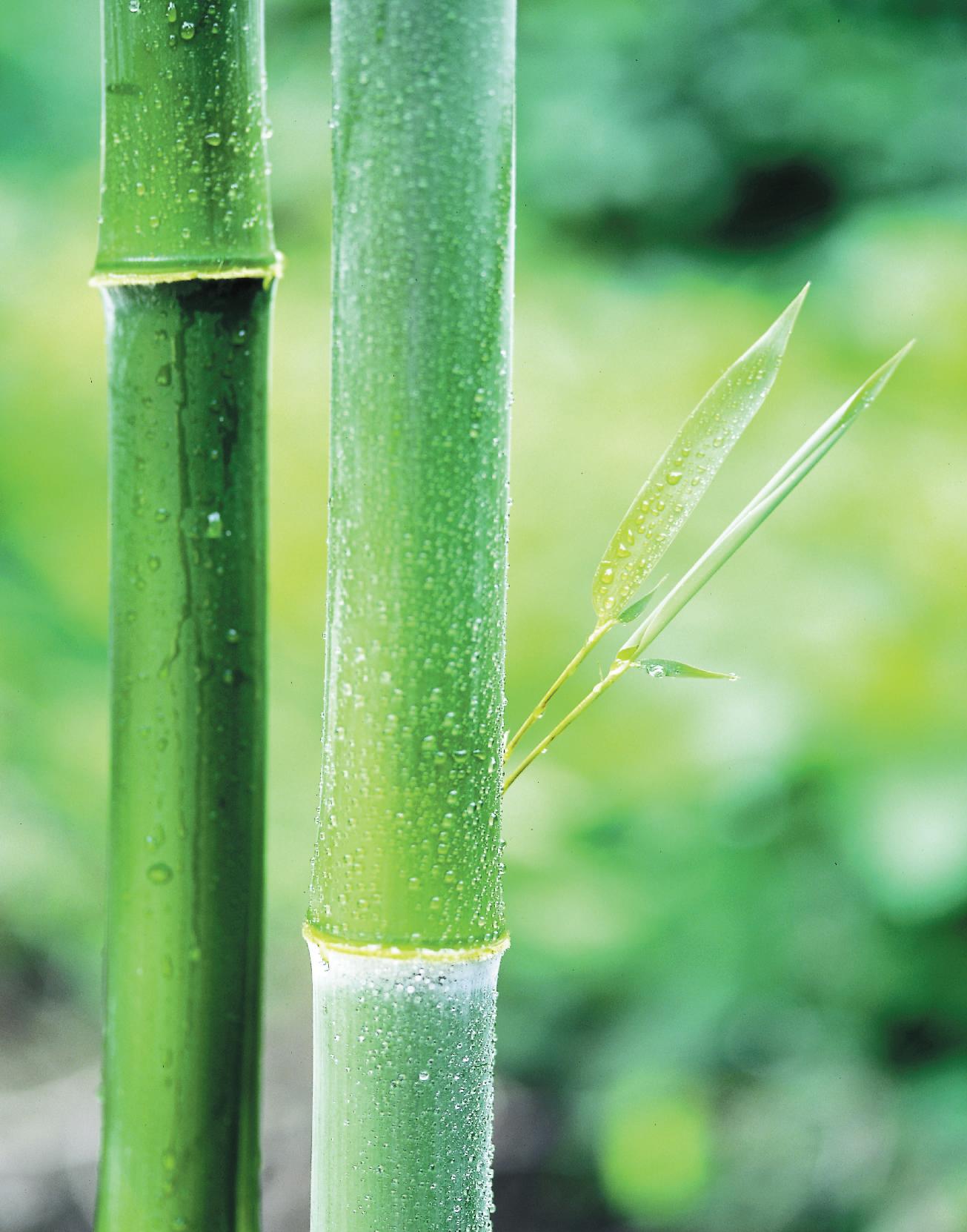
중국의 대나무 문화
글 | 맨디 리 | 영업 코디네이터 | 알로콥 중국
Chinese bamboo culture
By Mandy Li|Sales Coordinator|Aloecorp China
Chinese people designate the plum, orchid, bamboo and chrysanthemum as ‘four gentlemen’. The mottled bamboo is the ‘bamboo of imperial concubines.’ This epithet has its origins in a story about Emperor Shun, who died of overwork during an inspection tour of the south.
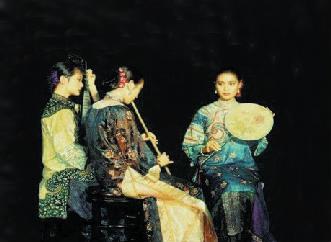
천 이페이 대나무 피리를 부는 여인 Chen Yifei features, a woman playing bamboo flute
나무는 팬더곰의 주식(主食)이자 중
대국역사의 문화적 상징이다. 고대 중 국사회에서 대나무는 일상생활의 다양한 단 면을 보여주기도 했으며, 의식주를 포함 교 통수단에까지 이용되기도 했다. 중국 최초 의 서적은 대나무 껍질을 엮어 만들어졌고 , 대부분의 고대 악기 역시 대나무로 만들어 졌다. 또한 대나무는 충(忠)과 효(孝)로 대표 되는 봉건적 윤리 속에서 많은 역할을 맡기 도 했다. 중국의 선조들은 매화, 난초, 대나무, 국 화를 일컬어‘사군자’ (四君子)라고 하였으 며, 소나무, 대나무, 매화나무는 세한삼우 (歲寒三友)라 하였다. 유명한 당나라 시인 백 거이(白居易)는 대나무의 장점을 그 성질에 따라 요약했는데, 깊은 뿌리는 단호함을, 곧 고 높은 줄기는 정직함을, 비어있는 줄기 속 은 겸손함을, 마지막으로 깨끗하고 곧은 외 관은 정조와 순결함으로 표현했다. 그가 결 론짓기를, “대나무는 고결한 선비의 이름으 로 살아간다”고 말했다.
선과 덕을 상징하는 것 이외에도, 대나무는 영 혼과 감정을 지녔다고 믿어졌다. 중국인들 은매화, 난초, 대나무, 국화를일컬어‘사군 자’ (四君子)라고한다. 얼룩대나무는‘황제 의후궁’들의대나무이다. 이말은중국남쪽 대륙으로무리한원정감사를감행하다과로 사로숨진순(舜) 황제의이야기에서비롯되 었다. 당시그는지금의후난지방의묘소에 안치되었고 , 그의 아내인 이황과 누잉이 상 강(湘江) 옆에서애도하는동안떨군눈물이 강둑에서자라던대나무를얼룩지게했다하 여유래된말이다. 어느당나라시인은“대나 무위의눈물자욱이후궁들의비통한심정을 보여주고있다”라고기록했다. 또 다른 종의 대나무인‘모소’는 한 효성 깊던 소년의 이름에서 유래되었다. 모소는 중국 삼국시대(220-280)의 한 학생이었다. 어려서 아버지를 여의고 어머니 또한 당시 전통의학으로는 치료될 수 없었던 불치병을 앓게 되었다. 담당 의사는 죽순(竹筍)으로 만든 죽이 도움이 될 지 모른다 했지만, 엄 동설한에 죽순을 찾기란 불가능했다. 절망 한 모소는 비통한 눈물을 흘렸다. 마침내 그 의 효성은 하늘을 감동시켰고 , 이내 몇 개의 죽순이 땅속에서 돋아났다. 죽순으로 끓인 죽은 어머니의 병환을 낫게 했고 , 모소의 효 성에 얽힌 이야기는 중국대륙에 널리 퍼지 게 되었다.
고대 중국의 지식인들은 대나무에 깊은 존경을 표했다. 대나무를소재로한문학작품들과 그림들이오랜역사에걸쳐쏟아져나온것도 바로이때문이다. 중국역사속의많은화가 들중, 청나라의정판교(鄭板橋, 1693~1765) 는 대나무 그림으로 가장 뛰어난 화가였다. 십대시절에그는하얀종이를창문격자에올 려놓고종이에비치는대나무그림자를관찰 했다. 그의 그림은 대나무의 생명력에 초점 을두고있는데, 여백의미와초연함이느껴 지면서동시에강건하고당당한기백의대나 무그림을선보였다. 그가그린한작품에는 이러한말이쓰여있다. ‘대나무는산에충직 하고 , 깎아지른절벽에뿌리를내리며, 재해 로부터 더욱 강해지고 , 사방에서 밀어치는 강풍에도잘견뎌낸다. ’ 많은 사람들이 인간과 자연과의 상호관계 를 중요시하는 요즘, 대나무 보호기구 및 기 관들은 대나무 숲지대 확보에 더욱 힘써야 한다. 이는 팬더곰에게 큰 혜택을 가져다 줄 뿐만 아니라, 중국 전통가치의 복원을 가능 하게 할 것이다.
참고. 다른 식물들과 달리 대나무 꽃은 60~80년 만에 한 번씩 주기적으로 꽃을 피우지만, 이 또한 곧 시들 고 만다. 뿌려진 대나무 씨가 완전히 자라나기까지 걸리는 시간은 약 10~30년. 지난 300만년 동안, 대나무는 5만회 이상의 꽃을 피웠다. 팬더곰은 주 기적으로 이주를 하며 살아가지만, 대나무 숲의 급 격한 감소로 인해 이 또한 불가능해졌다. 최근 두 차 례에 걸쳐 대나무 꽃이 피는 동안 250마리의 팬더 곰이 운명을 달리했다. T he bamboo plant is the staple food of the giant panda and a cultural icon in Chinese history. In ancient China, bamboo was a feature of various aspects of daily life. It was used for food, clothing, housing and transportation. China's first books were crafted from bamboo strips strung on string, and almost all ancient musical instruments were made of bamboo. Bamboo also
had assigned roles within feudal ethics.
Chinese ancients designated the plum, orchid, bamboo and chrysanthemum as "four gentlemen," and pine, bamboo and plum as the "three friends in winter." Renowned Tang poet Bai Juyi (772846) summed up the merits of bamboo according to its characteristics: its deep root denotes resoluteness, its tall, straight stem represents honorability, its hollow interior modesty and its clean and spartan exterior exemplifies chastity. He thus concluded that bamboo lives up to the title "gentleman."
Besides being a symbol of virtue, bamboo was believed to be endowed with soul and
emotion. Chinese people designate the plum, orchid, bamboo and chrysanthemum as "four gentlemen". The mottled bamboo is the "bamboo of
imperial concubines." This epithet has its origins in a story about Emperor Shun, who died of overwork during an inspection tour of the south. He was buried in what is now Hunan Province, and as his wives Ehuang and Nuying mourned him by the Xiangjiang River, their tears fell on and stained bamboo growing on its bank. A Tang poet wrote: "The trace of tears on bamboo gives expression to bitter yearning."
Another breed of bamboo, Mengzong, honors a dutiful son. Meng Zong was a student during the Three Kingdoms Period (AD 220-280). His father died when he was an infant, and his mother was later stricken with a serious illness that did not
respond to conventional medicine. The doctor suggested that soup made from bamboo shoots might help, but they were impossible to find in winter. Desperation and grief reduced Meng to tears. His sincerity moved the heavens, and several bamboo shoots broke through the soil. After taking the soup his mother recovered, and word of Meng's filial piety soon became known across the state.
Ancient Chinese literati held bamboo in profound esteem. This explains why there are so many writings and paintings dedicated to it throughout history.Of all the painters in history, Zheng Banqiao (AD1693-1765) of the Qing Dynasty is believed to have been the best at drawing bamboo. As a teenager, he put white paper on a lattice window, and observed the shadows of bamboo. His paintings focused on the vitality of the plant, portraying it as spare and aloof yet sturdy and proud. An inscription on one of his bamboo paintings reads: "Firmly cleave to the mountain, take root in a fractured bluff; grow stronger after tribulations, and withstand gales from all directions."
Today as people become more aware of the interaction between mankind and nature, the establishment of bamboo preserves should bring growing areas of bamboo forest. This will be of great benefit to the giant panda, and can also be viewed as a restoration of traditional Chinese
values.
TIPS. In sharp contrast to other plants, the
bamboo only blossoms every 60 to 80 years,
and perishes soon after. It takes one to three
decades for its seeds to grow. In the past 3
million years, bamboos have undergone more
than 50,000 extensive blooms. Pandas sur-
vived by migrating, but this is no longer an op-
tion owing to the sharp decrease of bamboo
forests. The last two bloomings of bamboo
caused 250 giant pandas to starve to death.
성장통
에릭 밀러 | 유니베라 미국
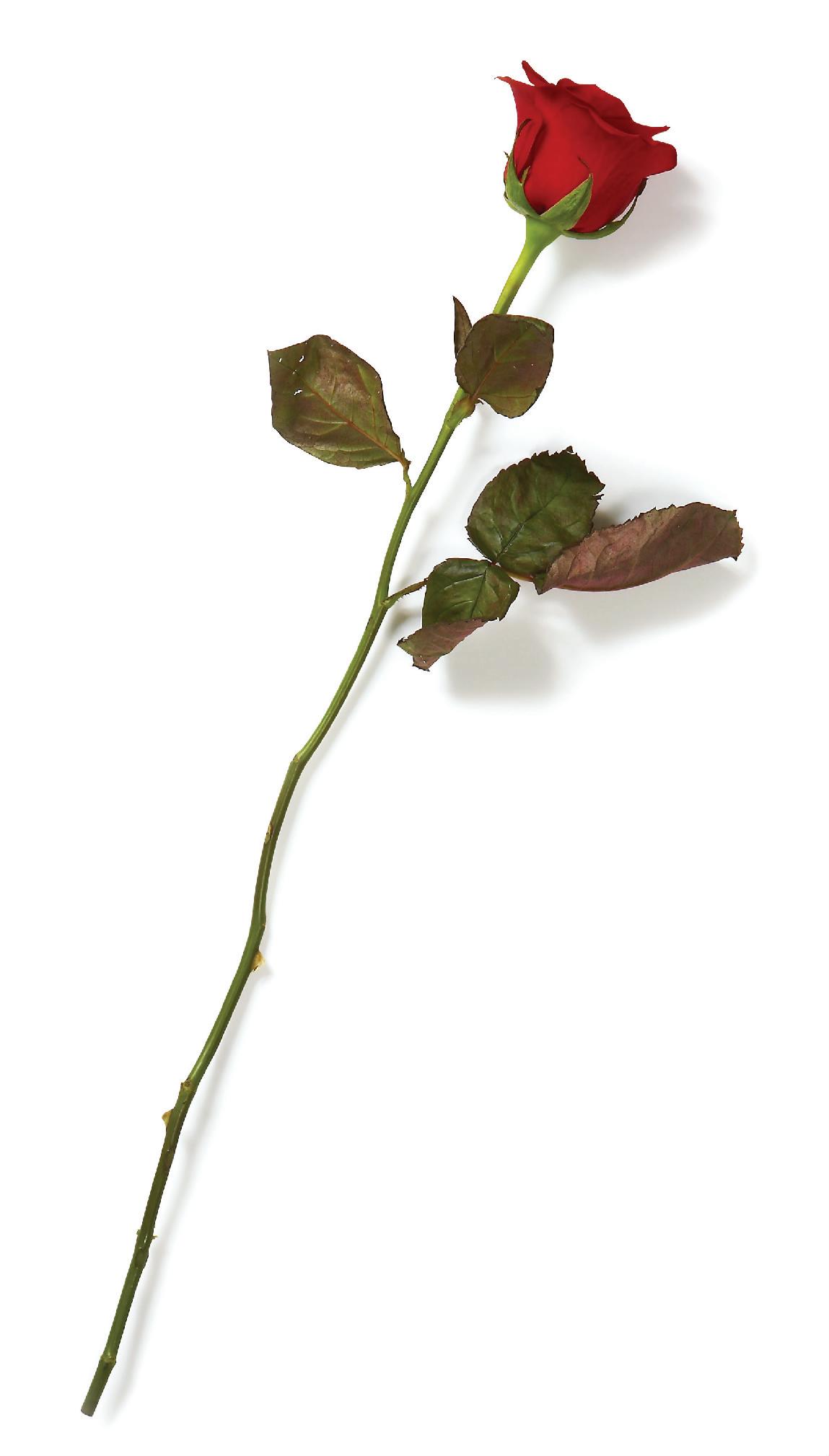
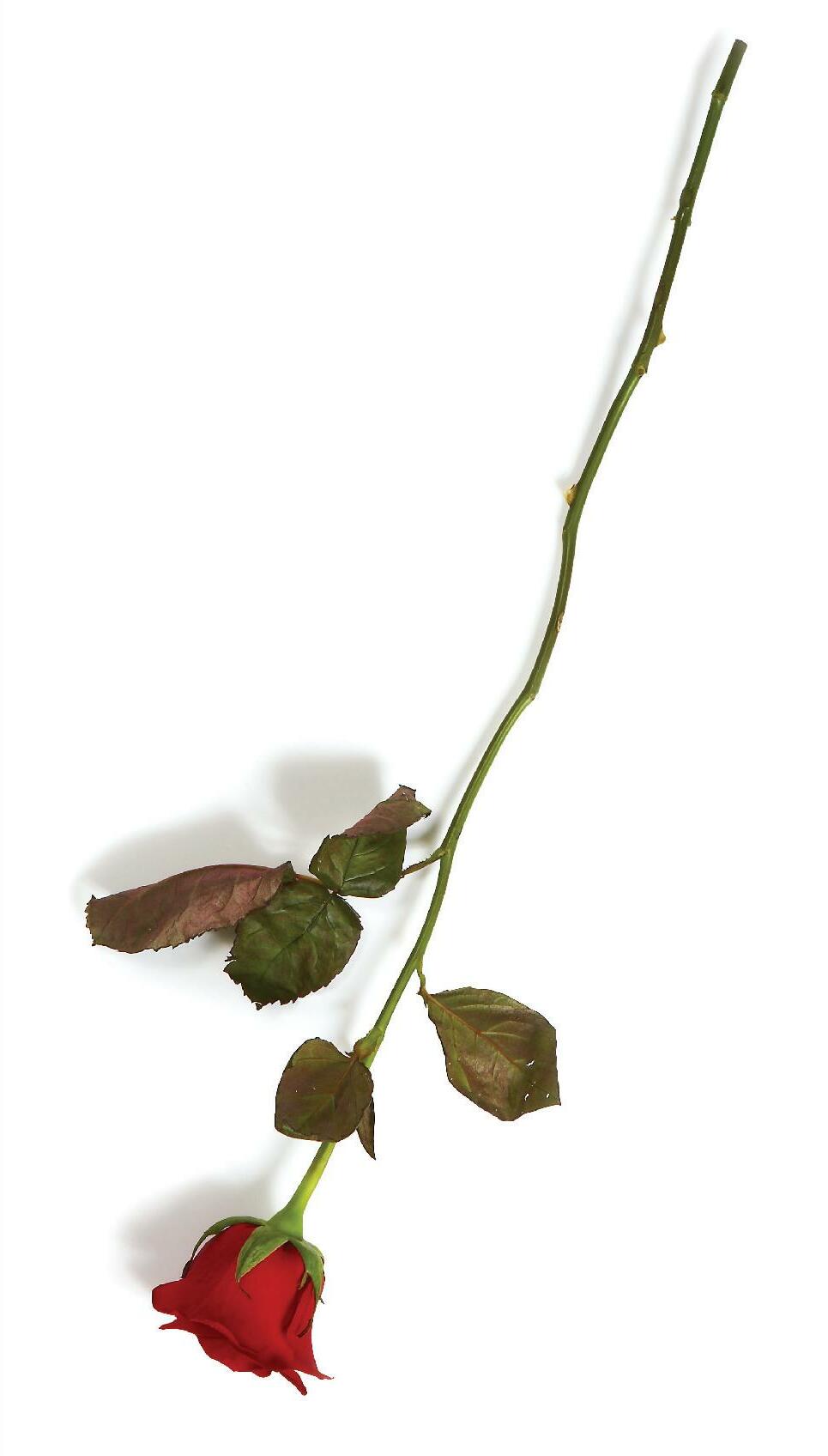
씨앗은 심어져 피어날 준비가 되었지만 곧 또다른 씨앗들이 주변에 자릴 잡아 비좁은 땅 헤쳐 안간힘 다해 싹틔우려 해도 도저히 튼튼한 새싹으로 자라날 수 없었네. 비가 내리고 햇살이 눈부시게 쏟아져 주변의 장미들은 그를 제치고 높디높게 뻗어나갔네. 그러던 어느 날, 이웃의 꽃 한송이가 꺾여나가자 드디어 뿌리를 뻗을 자리가 생긴 여린 장미 하루가 다르게 높이높이 커나가기 시작했네. 돌아보니 주변의 꽃들은 하나 둘씩 스러져가고 그 역시 해충들의 쪼임, 날씨의 압박에 시달렸네. 홍수가 땅을 쓸고 눈마저 시시각각 쌓여와 그의 기개는 흐트러지고 잎새는 힘없이 쳐져갔네. 희망에 찼던 표정도 변해가기 시작했네. 힘겨운 나날들을 견디지 못한 동무들은 얼마 지나지 않아 모두 사라지고 말았네. 세월에 지쳐버린 그는 미처 깨닫지 못했네. 자랄 수 없어 뿌리만 내려가던 시간들이 그를 튼실히 해준 것을. 폭풍우가 몰아치고 해충이 몰려오던 때마저 그는 자기도 모르는 새 굳세어져가고 있었음을. 그러니 역경이 닥쳐오고 시련이 그림자를 드리우면 뿌리를 깊게 뻗으세, 폭풍 뒤엔 언제나 맑은 날이 찾아온다네. The seed was planted and ready to bloom But the planter planted soon and gave him no room With all his might and will, he tried to push out But as hard as he tried, he couldn’t grow stout It started to rain, the sun begun to shine so bright All the roses around him grew tall and out of his sight Until one day when a fellow flower was picked And he had room for his roots to finally shift He began to grow, taller and taller each day And watched as those around him started drifting away The pests began to peck him, weather started to stress him Floods began to flow, snow was rising by the second His attitude faced degression, leaves lowered in depression His optimistic expressions turned in a different direction All of his peers would soon disappear They couldn’t make it through the troublesome years He was weary of the times and never stopped to realize That setting his roots before growing had lengthened his life When the storms came rolling and the pests came strolling He was only getting stronger without his own knowing So when trials hit you hard and tribulations are near Extend your roots deep because after every storm the weather will clear
Growing Pains
By Eric Miller
|Univera USA


